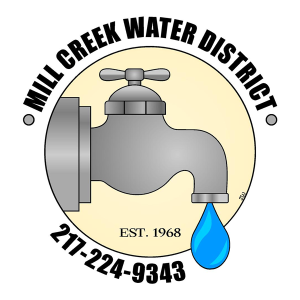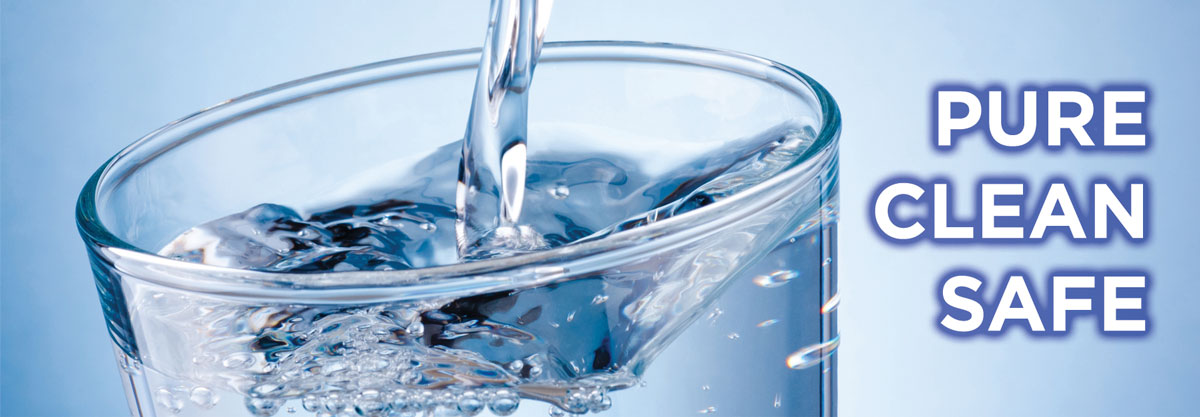WELCOME TO MILL CREEK WATER DISTRICT
Office hours are Monday thru Friday 7:00 a.m. to 3:30 p.m. with an operator on call 24/7.
The District holds monthly Board Meetings the first Tuesday of each month at 7:30 a.m.
The public is welcome to attend. Information on current Board members is available by contacting the Mill Creek Water District Office.
It is the mission of Mill Creek Water District to provide the best service possible to our customers.
***Mill Creek Water District is under the Illinois EPA’s guidelines. ***
As a requirement from the EPA Mill Creek Water District (MCWD) is reaching out for customers to participate in our routine water quality testing progarm for lead/copper. We are looking for customers who's homes were built before 1986, DO NOT have a water softener, and DO have copper pipes. By providing a small sample from your kitchen tap, you can help us ensure your dirinking water meets all safety standards. MCWD will drop off a bottle at your home for the collection. Once collected call us and we will pick up the sample.
If you are interested in participating please call MCWD at 217.224.9343 and ask for Darin.
What is a boil order?
A boil order is an immediate notification to all affected customers to boil all drinking and culinary water for at least 5 minutes before use. WHEN A BOIL ORDER IS ESTABLISHED, IT IS UNTIL FURTHER NOTICE.
MCWD Process of a Boil Order:
1. An event has occurred in the distribution system
A. Loss of pressure
B. A main break
C. Maintenance reasons
2. MCWD has established a boil order is needed
3. MCWD notifies local radio stations, local news stations, Facebook, and keeps our website current. We have a new feature available, email alerts. Please call the office or email us at office@millcreekwaterdistrict.com to add your email to your account or update your email.
4. After repairs have been made, MCWD takes water samples in the area and mails them off to a certified lab for testing. The Boil Order will remain in effect until the lab sampling confirms the water quality has been fully restored.
5. Once MCWD has been notified that the water samples have been confirmed to be free of coliform bacteria by the certified lab, you may return to your normal use of water. MCWD will use the same means of notification as listed in #3.
Frequently Asked Questions – Mill Creek’s suggestions
1. Can I wash fruit during a boil order?
- We would recommend NO, per the EPA guidelines as they suggest boiling all drinking and
culinary water. You can wash your fruit with the water that has been boiled.
2. Can I wash my dishes during a boil order?
- Yes, if you use a dishwasher that has a sanitizing cycle and gets to at least 150 degrees. If
possible, use disposable plates, cups, and utensils during a boil order.
3. Can I wash my laundry during a boil order?
- Yes, we recommend using hot cycles as a precaution.

